Report on Giant King Grass Pellets
General Introduction on Giant King Grass
Giant king grass is a new type energy crop which is fast growing, high yield and hybrid grass. It is perennial and can be harvested several times per year. Giant king grass can grow in a variety of soil conditions. It is best grown in tropical and subtropical regions, such as United States, Virgin Island, China, Thailand, Myanmar and other areas.
The yield of giant king grass in tropical area with a 12 month growing season is 167 tons per acre (375 metric tons per hectare) which is much higher than other grass. As a kind of energy crop, its energy content is also excellent at 1900BTU per bone dry pound (4400 kcal per kilogram or 18.4 MJ per kilogram). An analysis shows that properties of giant king grass are very close to corn straw.
Affordable Price and Sustainable Supply
Dedicated energy crops are grown entirely for energy use. Co-located with energy plants and not tied to spare or harvest. Giant king grass is a kind of dedicated energy crops that can be grown under long-term contracts which is important for the economic viability of a project. Current biomass pellet and feedstock are agricultural residues such as corn straw, wheat straw and rice straw. Residues from field crops are seasonal and generally not available on long-term contracts. Price of agricultural residues is also unpredictable. In comparison, giant king grass can be harvested in the first year and the annual harvest is 2-3 times. Giant king grass can be harvested for pellet or bio-fuel production when it is 13-16 feet tall, or every 150-180 days. High yield offers better land use efficiency and affordable prices .
Similar Properties with Corn Stover
From the figure.1, we can see on the respect of glucan, xylan, arabinan, lignin and ash, giant king grass is very close to corn stover and miscanthus. Therefore, the giant king grass pellet making process can be totally the same as corn straw. While the corn straw pellet production line has already been very mature in the market.
When comparing each resource’s BTUs per dry pound, giant king grass comes in at 7900, corn stover at 7560, while the coal is around 9000(depending on its quality). (Figure.2) When it comes to biofuels, one ton of giant king grass can yield as much as one ton of corn stover, according to a 2011 independent study. While the yield of an acre of giant king grass up to 10 times greater tonnage than an acre of corn stover. What’s more, giant king grass can be grown on marginal lands unsuitable for food crops which improves the land utilization.
Compare Biomass Energy with Other Green Energy
According to the table below, the capital cost of solar is 3.5$M/MW which is much higher than wind, coal and biomass which is about 1.4$M/MW. For the utilization, biomass and coal is almost the same(85%) which is about three times higher than solar and wind. On the respect of electricity price, the biomass and coal is 0.008$/kwhe, while the electricity price of solar is 0.3-0.4$/kwhe. What’s more, only biomass and coal can be used 24hr./day, solar and the wind are determined by weather. Therefore, we can see the biomass energy cost is very competitive to solar and wind. Solar and wind are more expensive and only provide transient power.( Figure. 3)
Giant King Grass Pellets as Coal Replacement
There is a study on the energy produced of giant king grass as a combustible fuel in one year from one square meter of ground. The total annual production is 37.5kg per square, after drying from 75% moisture content to bone dry that would reduce the weight to 9.375 kg per square meter ready to burn. The energy produced from one hectare of giant king grass is equivalent to 60 tons coal.
Biomass pellet are more environmentally friendly than coal. Biomass is carbon neutral energy resource that comes from plant material such as giant king grass. Heavy dependence on coal and petroleum has led to major increase in global carbon dioxide emissions and to significant geopolitical, economic and environmental issues. Photosynthesis converts solar energy and carbon dioxide from the atmosphere into plant material. Burning plant material in a power plant releases the carbon dioxide back into the atmosphere, but it is reabsorbed again when the next crop grows making it carbon neutral. Giant king grass pellets can be used as a for coal or oil in electrical-power plants. In existing coal power plant, giant king grass pellets co-fired up to 20% of coal which reduces carbon emissions by 20% while preserving the large capital investment and allows power companies to meet carbon dioxide emissions reduction requirements for the next 10 to 30 years. (figure.4)
Feasibility & Outstanding Features of Choosing Giant King Grass
1. Dedicated energy crop, sustainably grown
2. Can be harvested 6.5 month after planting and every 5 month thereafer
—wood crops are 4-20 year harvest cycle
3. Very high yield means lowest cost pellets
—Generally lower cost than agricultural waste
4. Single cultivar means consistent quality
5. Can harvest all year long in tropical area
6. Simple logistics if giant king grass pellet mill is co-located with plantation and both are near a port.
Giant King Grass Pelletizing Process
Giant king grass pellet making process includes several steps: drying, crushing, pelletizing, cooling and package. The core step of whole line is pelletizing which is to press the raw material into pellets by a pellet mill. To produce high quality pellet, it is very important to choose the right and reliable pellet mill for your plant. As the moisture content of fresh giant king grass is about 70%-75%, so that it must be dried under sun or dry machine to 10%. Besides, the giant king grass is usually 4 meters tall, thus the crush process cannot be avoided.
As a new kind of energy crop, giant king grass has already been used in varieties of areas, such as direct combustion in electric power and heat plant, briquettes for boilers, bio-gas digestion, cellulosic biofuels–ethanol and pellet. It is estimated that, planting 30 million hectares giant king grass in the worldwide can completely replace the coal. Giant king grass pellets will have a great market in the near future.
| Giant King Grass Pellet Plant
|
Giant King Grass Processing
|
Giant King Grass Pellets
|
Giant King Grass Pellets Application
* Direct combustion in electric power/heat/steam plant
* Giant king grass pellets co-firing with coal-giant king grass pellets can replace up to 20% coal in an existing coal-fired power plant
– burning coal and biomass together is called cofiring.
– requires small modification
* Giant king briquettes for boilers
* 16M tons of pellets used globally today, the amount will be up to 46M tons by 2020
* Grass is grown, dried and presssed into pellets and shipped in bulk like shipping grain. Large global demand countries are in Europe as well as Korea, China, Japan

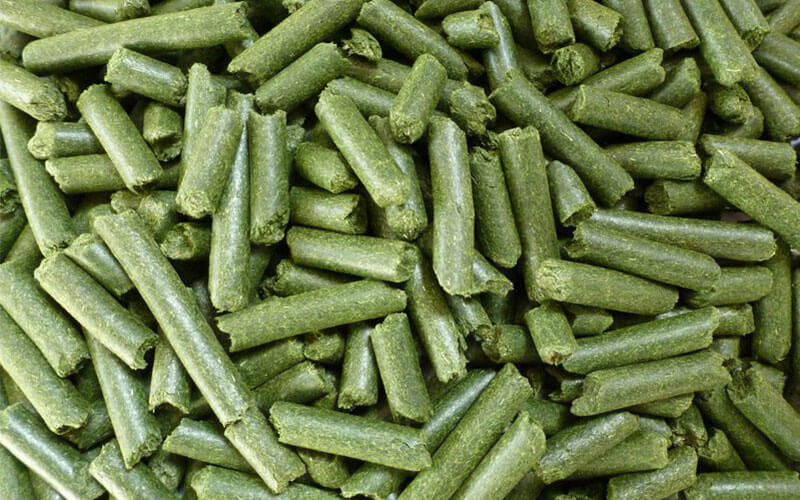







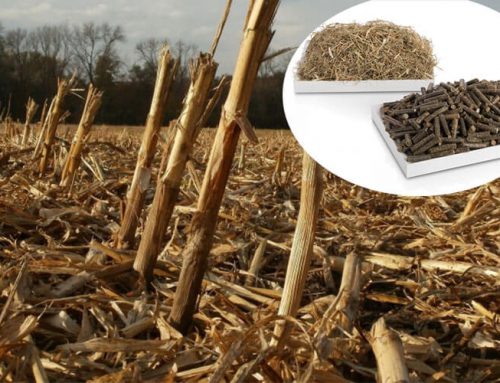
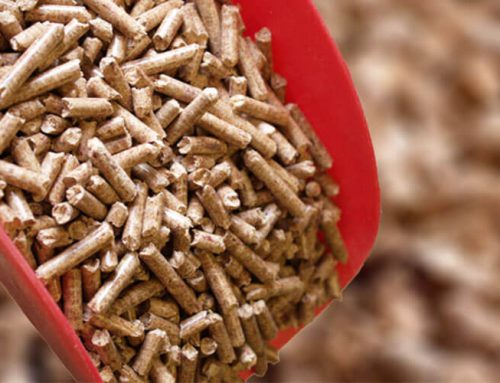
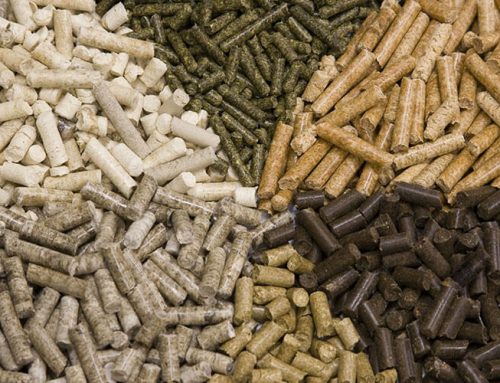
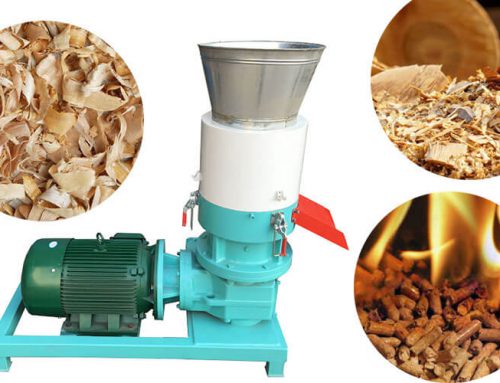
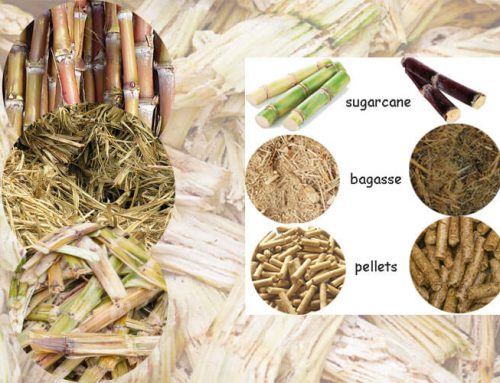
Leave A Comment